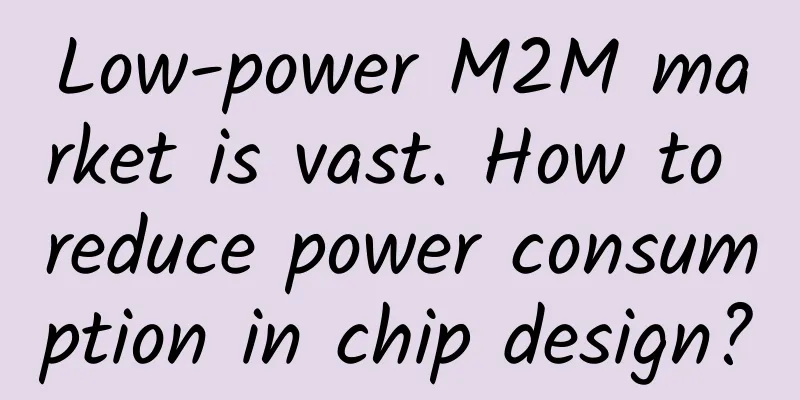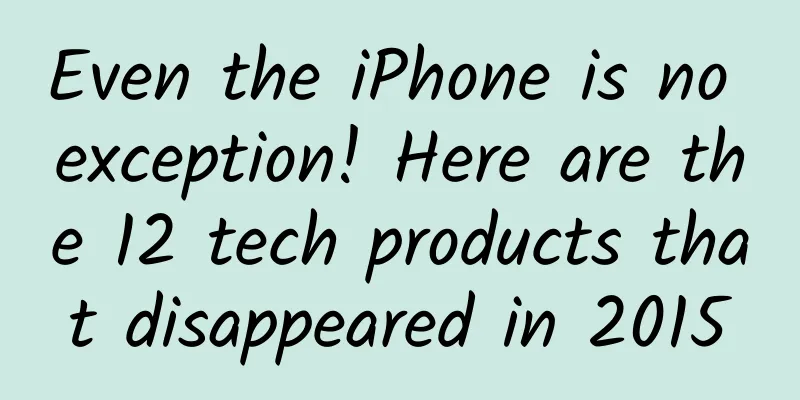Low-power M2M market is vast. How to reduce power consumption in chip design?

|
The topic of the Internet of Things is currently very popular in the market. According to forecasts, by around 2020, there will be more than 100 billion devices connected to the Internet in the world. It is worth noting that more than half of these devices will be very sensitive to power consumption issues. Therefore, MCU solutions with low power consumption and high performance, especially those with integrated wireless communication functions, will be valued. In addition to simplifying the design, it can allow more downstream designers to bring connected devices to the market.
IoT focuses on average power consumption With the increasing number of connections between people and things, and between things and things, the future will be an era of hundreds of billions of connections. In addition, with the active promotion of the formulation of technical standards by international standards organizations, the market prospects for low-power M2M business are very broad. In this regard, Oivind Loe, senior marketing manager of 32-bit microcontroller products at Silicon Labs, said in an interview: "Energy efficiency is a crucial feature of components used in the Internet of Things. Some Internet of Things applications, such as smart meter reading and smart credit cards, may even have ultra-low power requirements; in order to suit a variety of different applications, the MCU must have a carefully designed energy mode that supports the MCU to achieve a balance between current consumption and response time and functionality." Xavier Bignalet, IoT marketing manager for Microchip's Home Appliance Solutions Division, also pointed out: "Today, low power consumption is a must for connected applications, and in some applications, the battery life can last for more than 20 years." However, it is worth noting that the low power consumption requirements of IoT applications for chips are not all the lower the better, and different scenarios have unique requirements. Wang Junfeng, deputy director of the integrated marketing department of Renesas Electronics' General Solution Center, pointed out in an interview: "If it is specific to IoT applications, it is often difficult to clearly distinguish between standby power consumption and operating power consumption. Because in IoT devices, the devices are mostly between standby and working, or switch between the two at a high frequency, so the average power consumption becomes important." In response to this situation, many semiconductor companies have invested a lot of effort in developing low-power MCU chips for the Internet of Things. "Renesas' 16-bit L78 series and 32-bit Rx series have low-power features. Many Renesas products use their own cores, which gives them more room to optimize power consumption. In addition, Renesas has its own chip peripheral products and its own production plants. The core, peripherals and process work together to achieve low power consumption of products," said Wang Junfeng. Oivind Loe also said: "The MCU's carefully designed energy mode can achieve a balance between current consumption and response time and functionality. This optimized trade-off approach enables the MCU to provide the right combination of current consumption, performance, size and cost for many applications." Improving design architecture is an important way to reduce energy consumption Specifically, the power consumption level of MCU includes two parts: static power consumption and operating power consumption. Considering the actual application, static power consumption is the power consumption of the chip in sleep or non-operating state, while dynamic power consumption is the power consumed when the MCU is running. The best system power consumption performance is to calculate the average power consumption. Their power consumption levels are closely related to the manufacturing process. The process used determines the quality of the static power consumption and operating power consumption of the product. In addition, some manufacturers have made improvements to the entire architecture to achieve low power consumption in the IoT environment. Jin Yujie, marketing director of MICR microcontroller products at NXP Semiconductors Greater China, said: "NXP has introduced a unique asynchronous structure in the MCU, integrating the ARM Cortex A7 and Cortex M4 cores in one MCU. The M4 core can be used to maintain normal operations, especially in standby mode, to maintain low power consumption." Another approach taken by Renesas also solves this problem well. "In response to this demand, Renesas introduced the Snooze mode in the MCU, which can make the MCU core standby while the peripherals work. That is, when the Snooze mode is used, the peripherals will judge whether the core needs to work when an external instruction arrives. Only after confirming this demand will the core be truly awakened, thereby greatly improving the system's work efficiency." Wang Junfeng said. Reducing the power consumption of peripherals is also an effective way to reduce the overall power consumption of chips. According to Jin Yujie, NXP's products can use API software to turn off some unused interfaces when the MCU and MPU complete tasks, thereby saving power consumption. Microchip is also exploring potential in peripherals. "Some of Microchip's 8-bit microcontrollers have peripherals independent of the core, which can well achieve low power requirements, with little or no CPU intervention, further reducing power requirements. In addition, low-power peripherals such as LCD, op amps, RTCC, touch sensing, USB, DMA and encryption engines have brought MCU performance to a new level, minimizing system-level power consumption." said Xavier Bignalet. Addressing the challenge of fragmentation The biggest feature of IoT is fragmentation, and how to adapt MCU chips to IoT applications is also a challenge. "IoT is not just a single market, but covers all vertical markets. Therefore, there is no universal specification for IoT devices: wearable devices have strict requirements on power consumption, while heavy industrial equipment does not require low power consumption. However, the current situation is that chip manufacturers mostly use general-purpose MCUs to try to cover most applications in order to balance costs," said Xavier Bignalet. However, this situation is improving. "With the evolution of semiconductor technology and the development of the IoT application market, some manufacturers may develop dedicated chips for the IoT market in the future, and the analog peripherals commonly used in existing MCUs may be removed, so as to focus on algorithms and connections, and achieve lower power consumption and costs under more advanced semiconductor processes. In short, MCUs with control as the main function and IoT chips with intelligent analysis/connection as the main function may be separated but coexist at the same time." said Geng Lifeng, manager of ARM China's embedded application market. |
<<: Frequency band division of wireless technology for the Internet of Things
>>: Let’s take a look at BAT’s layout in the AR field. How would you rate it?
Recommend
Christmas is coming, how to write copy that takes advantage of the situation?
When it comes to copywriting that leverages hot t...
Why do elevators usually run in the opposite direction of the floor you are going to?
In the preface to Puzzling Mathematics, authors G...
Volvo's first-half performance was the best in history, with a valuation of US$12 billion to US$18 billion, lower than Li Shufu's expectations
On July 19, Volvo Car Group released its financia...
2019 Unofficial Survival Guide for New Media Operations!
New media operation is not easy, and everyone who...
When virtual reality becomes standard, can you still call it a mobile phone if it doesn’t have these features?
Smartphones have become a necessity in daily life...
Impressionist paintings are hazy and fantastic. Are they the result of smog or eye disease?
In many people's impressions, the paintings o...
Advertising design industry improvement video course
Introduction to video course resources for improv...
Cook's attack is Apple's retreat
[[136306]] WWDC 2015 is Apple's annual colleg...
Could life on Earth have been brought here from asteroids?
Perhaps many people have thought about this quest...
Put everything in the refrigerator? Be careful, it will go bad faster!
Lock the refrigerator to keep it fresh | Tuchong ...
Tik Tok live broadcast script and live broadcast process!
In live broadcast, the script can be based on the...
Why can’t I spend my money on bidding ads such as information flow ads?
I believe that friends who have placed informatio...
Gastric cancer is becoming more common among young people. How can young people prevent gastric cancer? Please do these four things
In early 2021, the World Health Organization'...
How to promote Fanstong? Three things you should know about social media performance channel promotion (I): What is your channel?
The author of this article, Sister Xiaoli, has ma...
I've experienced the iPhone SE2 for a day, and I've talked about its pros and cons. I understand it after reading it.
On April 24, 2020, Apple started selling the seco...









